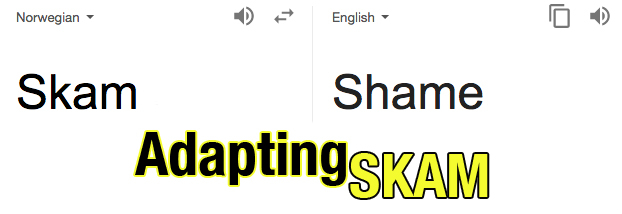In the fall of 2018, Netflix was still not releasing formal ratings data for its original programming, but they were nonetheless invested in using data to demonstrate their cultural influence. And in October of that year, they produced a chart to demonstrate their programming’s capacity to grow the online followings of their young stars across both series and films aimed at young adult viewers. This included the stars of Stranger Things, 13 Reasons Why, The Kissing Booth, and To All The Boys I’ve Loved Before, in addition to an international lift for the stars of the Spanish Netflix original Money Heist.
There is something very mundane about the basic message of this chart, which is that actors who star in successful television shows watched by millions of people will grow their followings on social media platforms. But from Netflix’s perspective, it demonstrates the influential role that Netflix in particular plays in the lives of its viewers, as they didn’t simply watch these shows, but took the extra step of following the actors involved, further integrating these story worlds into their social media feeds. And the exponential growth for stars like Millie Bobby Brown and Noah Centineo—To All The Boys… had debuted only six weeks before this chart was created—was a way to showcase how quickly a Netflix project can capture the zeitgeist, and rocket the young stars involved to stardom.
But, as I asked at the time, what’s next? How does Netflix feel they are able to benefit from the “social lift” provided to the young actors of these and other—On My Block, Outer Banks—shows and movies aimed at similar audiences? While those social followings are valuable for driving interest in additional seasons or sequels to the projects in question, Netflix has been slow to capitalize on the potential to expand their investment in these performers across their prolific production slate. While there is some crossover between Money Heist and Elite, and Brown (Enola Holmes) and Katherine Langford (Cursed) returned to the Netflix family in new roles this year, Noah Centineo remains the only actor who I would argue has—for better or for worse—been positioned as a “Netflix Star,” in the vein of the Disney Channel star system that’s a logical reference point for teen-focused projects.
This vein has been particularly relevant this month after Netflix debuted Julie and the Phantoms, a musical dramedy helmed by Kenny Ortega, who directed the High School Musical and Descendents films for the Disney Channel. The show stars newcomers Madison Reyes and Charlie Gillespie as a teen struggling to find her voice after her mother’s death and the lead singer of a band who died tragically 25 years earlier as a teen, returned as a ghost with his bandmates with some unfinished business. They’re star-making roles, and very much the kind of roles that would have made them Disney Channel stars in that context, and the “Netflix Instagram Effect” confirms: in only two weeks, starting more or less from scratch, Reyes passed 285,000 followers, while Gillespie crossed over 450,000 over the same period.
But whereas it’s easy to picture how the Disney Channel would take talented young actors and leverage them across their brands, it’s less clear what precisely Netflix can do to make use of the multi-hyphenate stars of their latest youth series that isn’t just renewing the show and generating some content given the state of the “Netflix Star” in the two years since the chart referenced above. Whether out of disinterest, disorganization, or disagreement, Netflix has mostly allowed its star-making capacity to begin and end with the shows and films that made them stars, despite having clear avenues to use those followings to their advantage.
Continue reading





 Last week, media scholar
Last week, media scholar 









